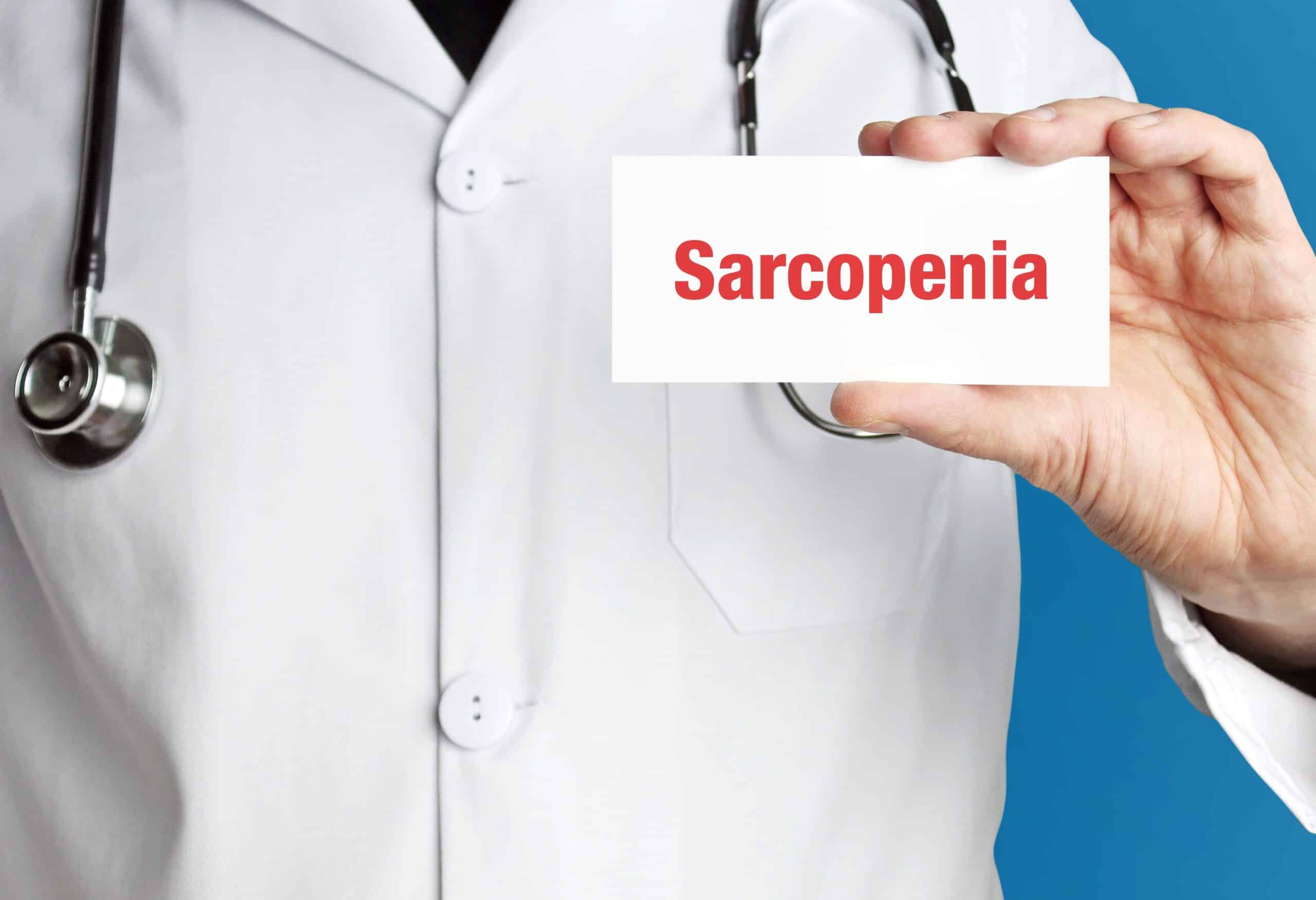Although this difficulty in diagnosing sarcopenia is understandable considering the mental picture of the frailty associated with aging, loss of muscle mass is a major health issue.
- With a loss of muscle comes a loss of strength
- It is more difficult to get around, climb stairs, or walk long distances
- It leads to falls and serious injuries including broken bones
- When injuries occur, it takes longer to heal
- Surgeries may be less successful and infections take hold more readily
Unless measures are taken to stop it, sarcopenia may lead to prolonged hospitalizations, nursing homes, and possibly even death.
Anabolism and Catabolism
Our bodies are in the constant process of remodeling. We build and rebuild molecules, break down old cells and tissues to make way for the new, and dispose of or reuse the molecules. When we are young the rate at which we rebuild (anabolism) exceeds the rate at which we break down (catabolism). There are multiple factors that trigger more catabolism than anabolism as we age, including:
- Changes in neurochemistry
- Hormone imbalances
- Production of inflammatory cytokine (cells produced by the immune system that act on other cells)
- Inadequate nutrition
- Environmental hazards
- Declining physical activity
Satellite Cells
Muscle is composed of many different cell types. Muscle stem cells are called satellite cells. Satellite cells are located on the outside membrane of the muscle cells and next to the blood vessels. These cells are not active unless there is some stimulus from injury to the muscle or from the environment carried in the bloodstream. When activated, these satellite cells become new muscle cells.
Estradiol and Testosterone
Sarcopenia develops with the decline of sex hormones. Research in the last decade reveals that the satellite cells have receptors for–and respond to—estrogens (such as estradiol) and androgens (such as testosterone). Studies support that estradiol has beneficial effects on muscle strength.
Most muscle cell types have receptors for testosterone, but testosterone receptors predominate in satellite cells. Administration of testosterone increases the number of satellite cells, and also directly inhibits inflammatory cytokines. Higher testosterone levels contribute to increased strength and mass; since women generally have less testosterone than men, this might explain why women tend to develop sarcopenia at twice the rate as men.
DHEA and Human Growth Hormone
Adrenal DHEA, another androgen, also declines with age, and may affect muscle strength via a number of mechanisms. DHEA is converted to estrogens and testosterone in the body, which may have a direct effect on receptors. Also, DHEA increases sensitivity to insulin, another anabolic hormone, which may also increase levels of IGF-1 (the active metabolite of growth hormone). Increased IGF-1 may indicate increased levels of growth hormone. Growth hormone has been shown to increase muscle mass in many studies.
The Triad of Frailty
In their article Frailty and the Older Man, Drs. Jeremy Walston and Linda Fried proposed looking at the concept of frailty in the elderly as a triad:
- With aging the hypothalamic responses to stress change, cortisol levels increase, and the signals to produce sex hormones and growth hormone decline
- The immune system is affected, producing fewer antibodies and more inflammatory cytokines
- Both of these effects contribute to sarcopenia
All three systems are interdependent: the endocrine system, the immune system, and the muscular system participate together in a spiral of decline.
A validated questionnaire called FRAIL can be used as a simple screen for sarcopenia. Three or more “Yes” answers are considered “frail,” signaling the possibility of sarcopenia.
- F. Fatigue: Did you feel tired all or most of the time in the last 4 weeks?
- R. Resistance: Is it difficult to walk up 10 steps without resting?
- A. Ambulation: Is it difficult to walk several hundred yards?
- I. Illnesses: Do you have more than four illnesses?
- L. Loss of weight: Have you lost 5% of your normal weight in the last year?
Conclusion
Maintaining the health of the body requires collaboration between various factors. Our awareness of these factors gives us the tools to optimize our aging with strong bodies. Such factors include:
- Eating well and ensuring our digestive systems work
- Bolstering our metabolic processes with vitamins and minerals
- Avoiding environmental challenges to our biochemistry
In addition to these factors, our health is profoundly affected by hormones. Sarcopenia illustrates how hormone deficiencies hinder us from achieving optimal health. Fortunately, our ability to supplement the hormones that decline as we age may help stave off the effects of sarcopenia and other age-related conditions.




